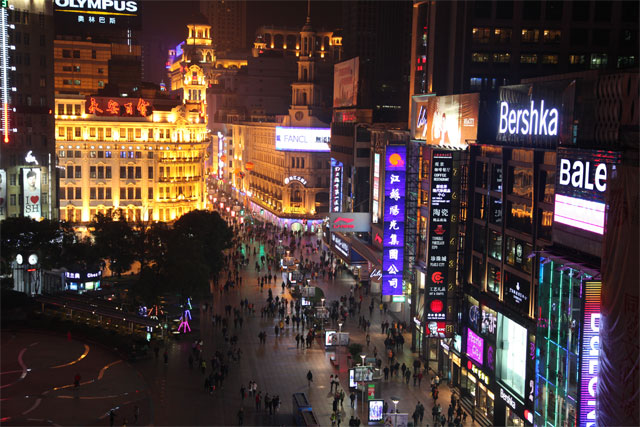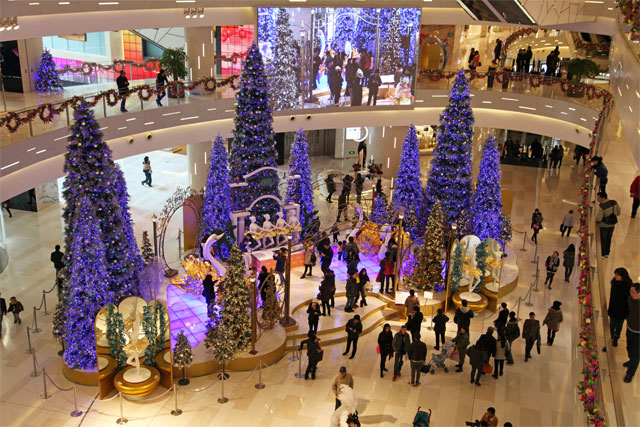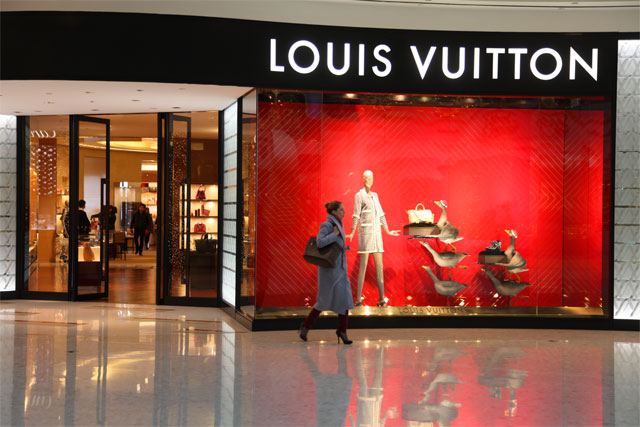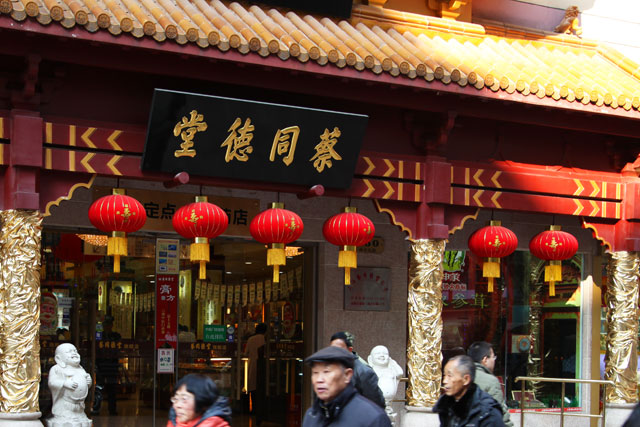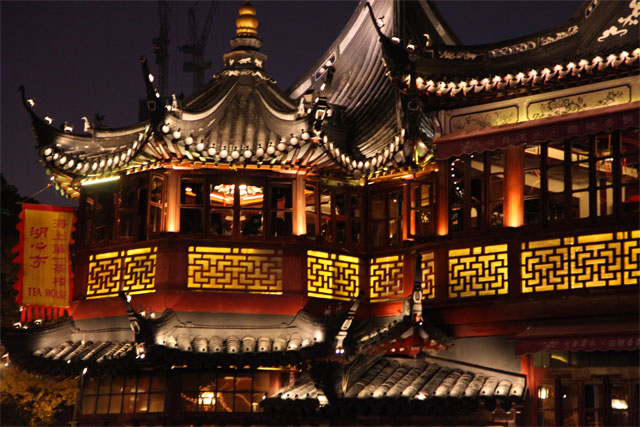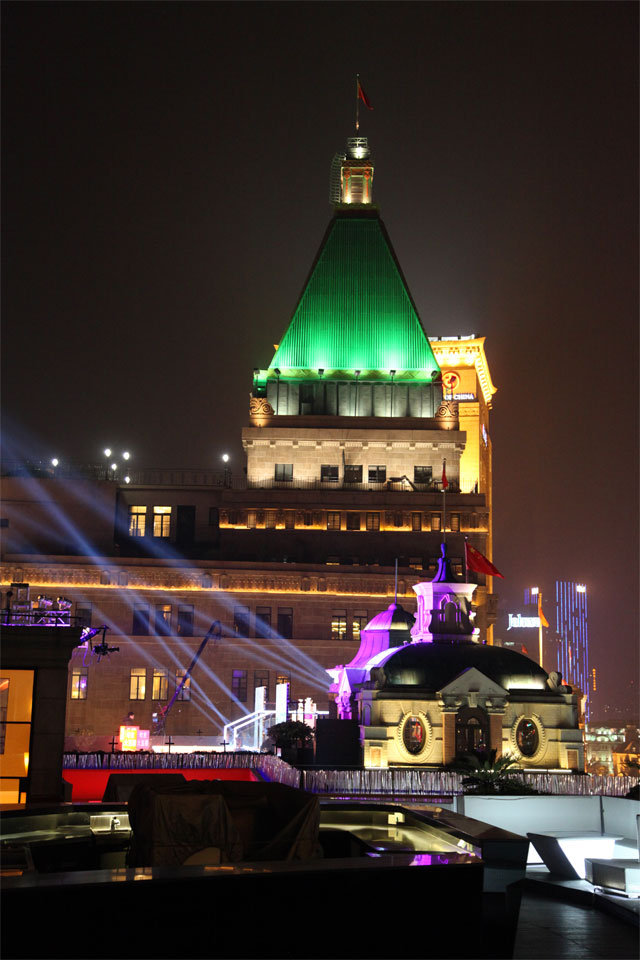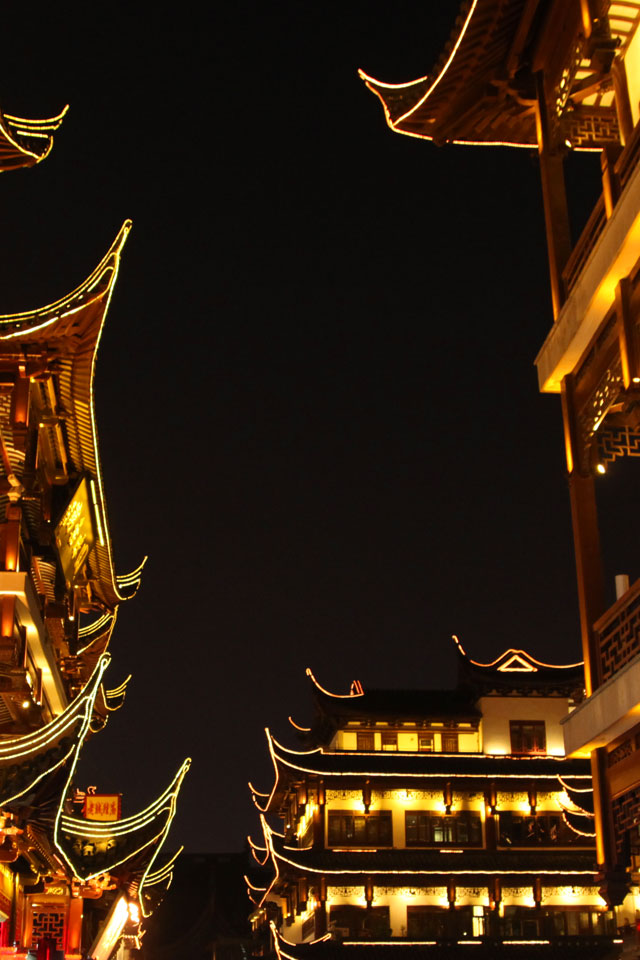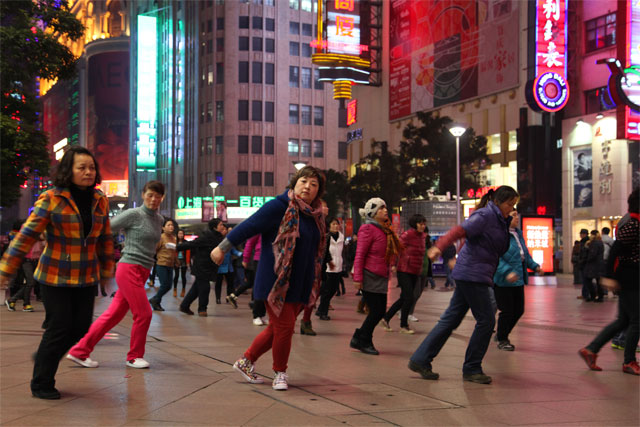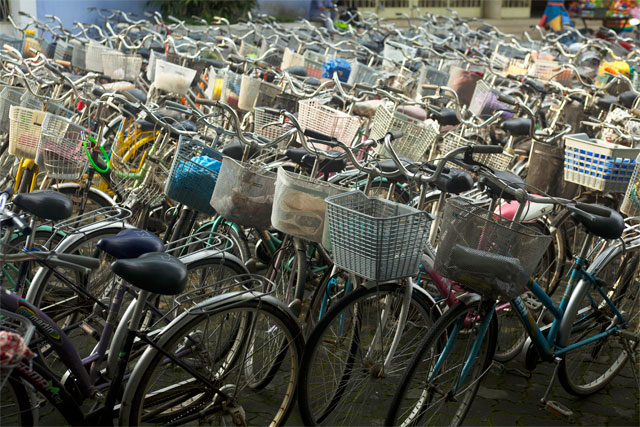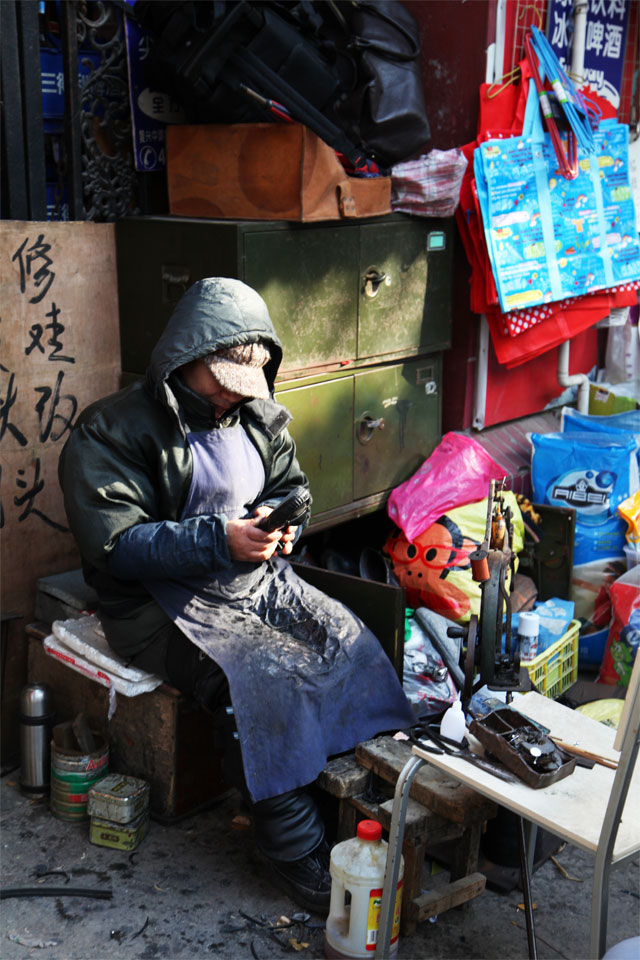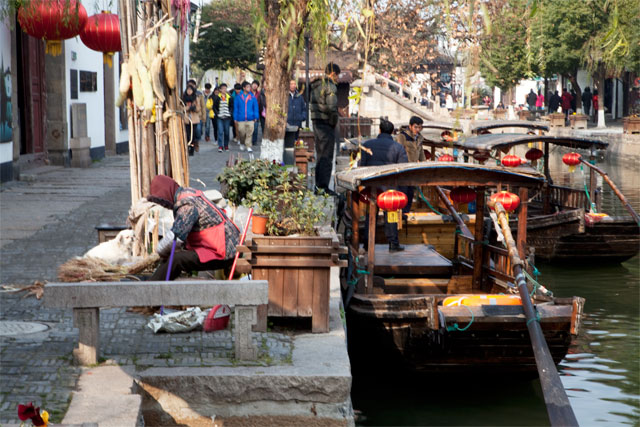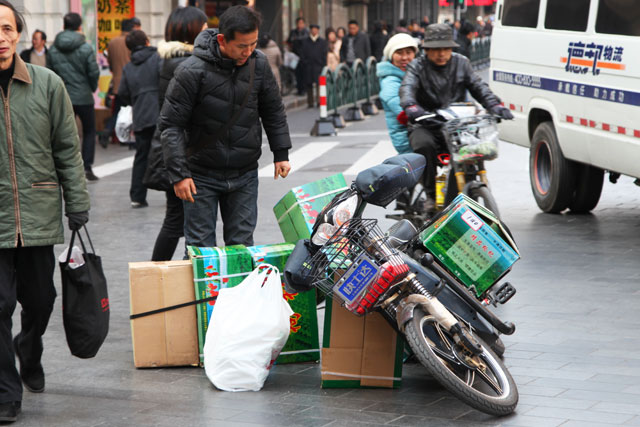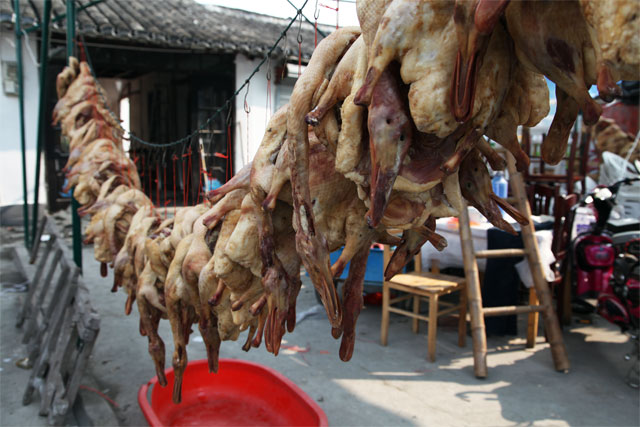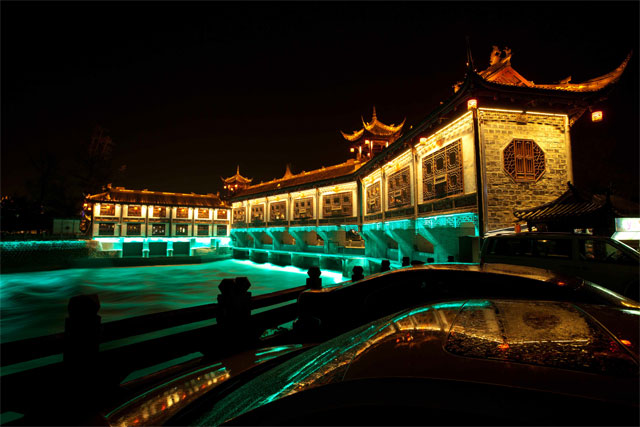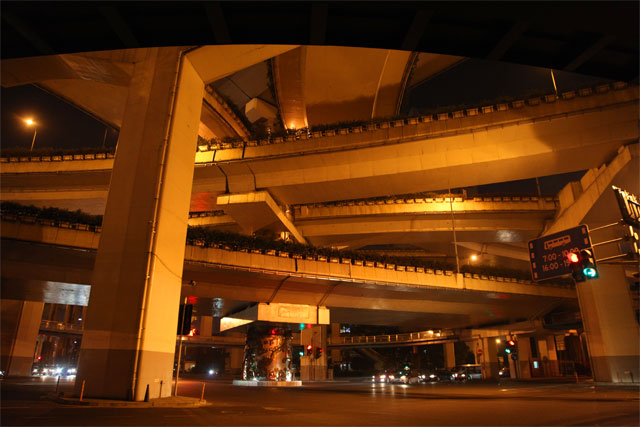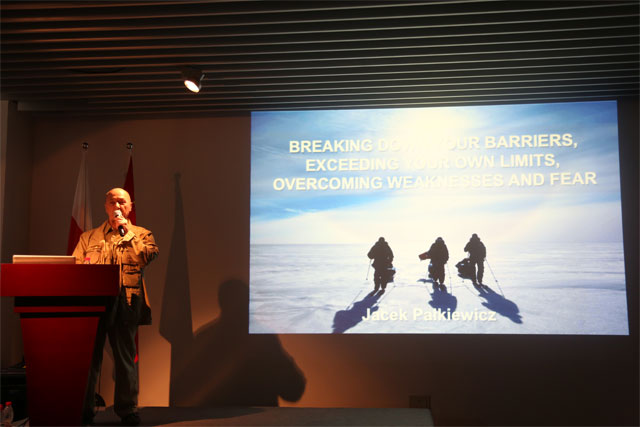This article is dedicated to my sons, Konrad and Max.
The barmaid had almond eyes and as she shook her head, her hips moved to the rhythm of the music. Her long black hair flowed like the red flag of the People’s Republic of China, illuminated by colorful neon lights on the terrace of the Rouge Bar. This charismatic place is full of newcomers from the West, mainly well-dressed businessmen, sitting next to youth conversing in many languages. Below is the legendary coastal Bund Boulevard, with majestic buildings and decorations from the turn of the 19th and 20th centuries, reminding us of the golden 1930s. Shanghai, the old financial heart of the Orient, where the careers of millionaires were born, charmed Charlie Chaplin, Marlene Dietrich, George Bernard Shaw and many other celebrities.
If it is true that every day begins in the east, then the saying that the future begins in Shanghai, China’s “western” city, is equally true. Compared to New York in the 1980s, the mirror of the modern Middle Kingdom electrifies us with its atmosphere. Already during the Olympic Games organized here, the world saw Beijing challenge us, and two years later, this was confirmed by the global website of the phantasmagorical Expo 2010. The trade fair presented the most modern global commercial and financial empire attracting large investors. Also, it was to create a top model of this cosmopolitan metropolis of the third millennium, able to absorb the turbulent processes of Chinese urbanization associated with the migration of millions of villagers coming from the country’s interior.
Shanghai attracted me immensely. I remember that no more than twenty years ago, in the Pudong district, on the right shore of the Huangpu River, there was only a fishing port among the rice fields. Now there is a captivating futuristic spectacle: Shanghai Manhattan, the pulsating heart of Chinese business life. For some time, journalists have been comparing it to Hong Kong, New York and Tokyo. On a surface area twice as large as Warsaw, there are now a hundred colossal, towering, fifty or sixty story skyscrapers, higher and fancier than the American prototypes. Titanic investments, impetus and wealth in Shanghai are able to make every visitor dizzy, because it’s hard to find a panorama of steel, concrete and glass anywhere else in the world with such overwhelming power. The race for the sky by the most creative architects in the world is endless.
The splendor of Shanghai was born after the opening of the headquarters of the British East India Company, to whom Elizabeth I granted the privilege of a trade monopoly. After the British victory in the Opium War, in 1842, the Chinese had to sign the humiliating Nankan treaty, handing over concession status areas outside of China’s jurisdiction. This was the beginning of the colonial bridgehead with its own offices, police and courts. Soon, the administration and power were exclusively in the hands of the Western authorities, so the city was seized and divided into zones of influence by the French, Americans and also Japanese. The metropolis developed through European architecture, a western lifestyle and the latest fashion trends. In the 1920s, Shanghai’s reputation earned it the most diverse nicknames, from “Queen of the Orient” and “Pearl of the East” to “Asian Whore” or “Paris of the Orient,” and was no different from Paris or London.
The most fascinating French Concession, a part of the Old Continent present in the center and deeply rooted in Shanghai’s rich history, remains and is the great attraction from that era. Its streets are reminiscent of European cities with high five story houses, intermittent colonial residences, immersed in gardens and a few skyscrapers that break the harmony of the landscape. The district was famous 80 years ago for its brothels, casinos, and a constellation of boutiques, including the world’s best-known brands and restaurants with good mood and atmosphere, which are among the most elegant places in Shanghai.
Its captivating oriental atmosphere, which always attracted the attention of newcomers, is inevitably disappearing day by day. At every step, there is a captivating mix of rich Chinese customs and ultra-modernity that cannot be found anywhere in Europe. Here, apart from skyscrapers, there are also charming enclaves, and time has stopped, regardless of changes taking place all around. The intense pace is intertwined with slowness, exquisite European restaurants and street stalls selling frog shish kebabs. Exquisite art galleries have now occupied the places of the opium houses, casinos and public houses. The British East India Company was replaced by branches of large international companies that made the port take second place in the world.
Wide streets intersect with dark, narrow alleys, bicycles collide with cars, pagodas border energy massage studios, and bustling and crowded shopping streets contrast the relaxing atmosphere of morning tai chi gymnastics in a public park. In the labyrinth of the narrow streets lined with plane trees, the traditional life is in full swing. People spend their entire lives there, talking, eating or even sleeping on hot summer nights. Next to clothes drying on lines, there are catering outlets, tailor shops, scooter mechanics, and carpenters. Only when someone finds themselves in a crowded subway tunnel does the earth absorb them and all contrasts and boundaries disappear.
“The few grandeurs of past times, which have survived the devastating fury, are passing before our eyes into history,” says pensioner Yu Keping bitterly, chairman of the flat committee, living two steps from the famous Huxingting teahouse. “The city takes on novelties, everything that is old is being destroyed without any sentiments. I can observe how a part of my city is being lost to thousands of construction sites. Old houses are leveled to the ground by bulldozers working from dawn till dusk, leaving no trace of the past. In China’s version of an accelerated, greedy capitalism, only the future, economic development and construction are important, taking away the last bits of free space. Progress is to provide us with an infinite number of goods to make life more comfortable. Unfortunately, we have fallen into a trap. People have to pay a high price for all they have gained. Unification destroys identity, alienates us, man has lost the ability to feel emotions, becoming just another number in the global mass. I feel sadness and nostalgia for authentic China, which will never return, and for my old street full of smells, flavors and life, which will cease to exist someday.”












